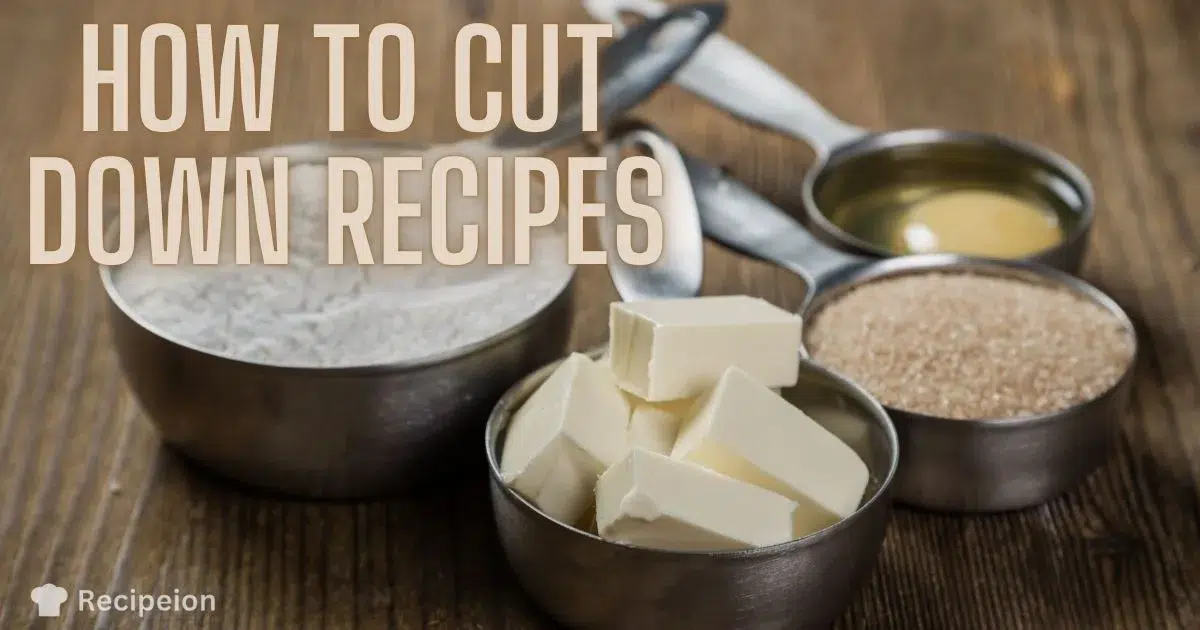Learn how to cut down recipes using half cups, third cups, quarter cups, eighth cups, and tablespoons with our recipe measurement chart and tips.
Cooking and baking can be a lot of fun, but when it comes to halving recipes, it can be a bit of a challenge. What’s half of ½ cup? What about ¾ cup or ⅔ cup? And how do you adjust cooking times and temperatures for smaller portions? In this comprehensive guide, we’ll explore everything you need to know about cutting down recipes, so you can confidently whip up your favorite dishes in smaller quantities.
UNDERSTANDING RECIPE PROPORTIONS
Before diving into the specifics of cutting down a recipe, it’s essential to understand the importance of recipe proportions. Every recipe requires a certain amount of ingredients to work correctly. Altering the recipe proportions can lead to undercooked, overcooked, or bland dishes. Therefore, it’s important to maintain the recipe proportions, even when cutting down the recipe.
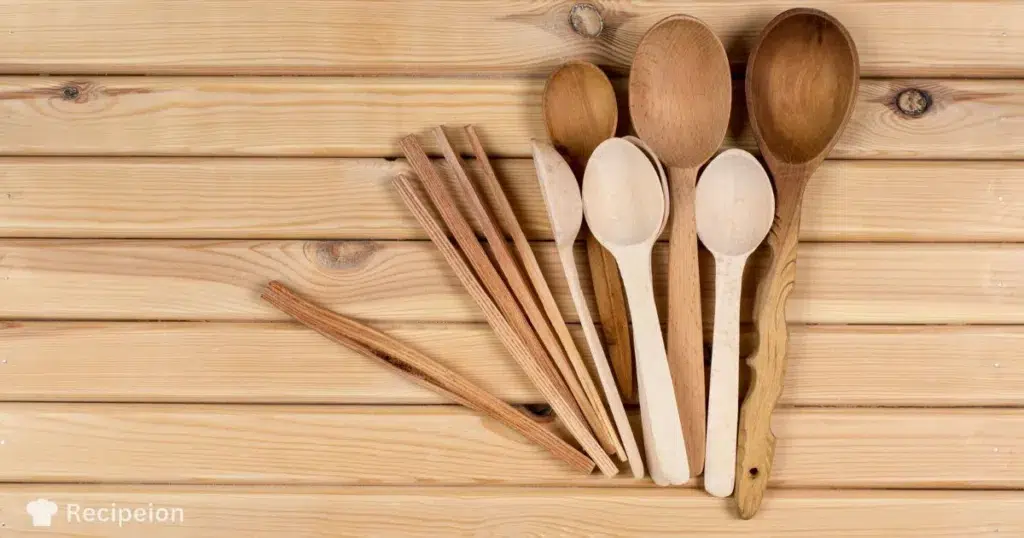
Understanding Recipe Ratios
Before we dive into specific measurements, it’s important to understand the concept of recipe ratios. Recipes are essentially a set of instructions that specify the proportions of ingredients needed to make a dish. These proportions are referred to as ratios, and they determine the overall flavor, texture, and consistency of the final product.
When reducing a recipe, you need to maintain these ratios in order to achieve the same results. For example, if a recipe calls for 2 cups of flour and 1 cup of sugar, the ratio of flour to sugar is 2:1. If you want to cut the recipe in half, you'll need to reduce both ingredients by the same proportion. In this case, you would use 1 cup of flour and 1/2 cup of sugar to maintain the 2:1 ratio.
HOW TO CUT DOWN COMMON RECIPE MEASUREMENTS
Now that you understand the basics of recipe ratios, let’s look at some common measurements and how to cut them down:
- 1/2 Cup: Half of a 1/2 cup is 1/4 cup. If a recipe calls for 1/2 cup of an ingredient and you want to use half as much, simply measure out 1/4 cup.
- 3/4 Cup: Half of 3/4 cup is 6 tablespoons. To cut a recipe that calls for 3/4 cup of an ingredient in half, measure out 6 tablespoons.
- 2/3 Cup: Half of 2/3 cup is 1/3 cup plus 1 tablespoon. If a recipe calls for 2/3 cup of an ingredient and you want to use half as much, measure out 1/3 cup plus 1 tablespoon.
- 1/4 Cup: Half of 1/4 cup is 2 tablespoons. If a recipe calls for 1/4 cup of an ingredient and you want to use half as much, measure out 2 tablespoons.
- 1/3 Cup: Half of 1/3 cup is 2 tablespoons plus 2 teaspoons. If a recipe calls for 1/3 cup of an ingredient and you want to use half as much, measure out 2 tablespoons plus 2 teaspoons.
- 1/8 Teaspoon: Half of 1/8 teaspoon is a dash. If a recipe calls for 1/8 teaspoon of an ingredient and you want to use half as much, use a dash instead.
- 1/16 Teaspoon: Half of 1/16 teaspoon is a pinch. If a recipe calls for 1/16 teaspoon of an ingredient and you want to use half as much, use a pinch instead.
A Handy Chart for Cutting Down Recipes
To make things even easier, here’s a handy chart you can reference when cutting down recipes:
| Original Measurement | Half of the Original Measurement |
|---|---|
| 1/8 teaspoon | Dash |
| 1/4 teaspoon | Pinch |
| 1/3 cup | 2 tablespoons + 2 teaspoons |
| 1/2 cup | 1/4 cup |
| 2/3 cup | 1/3 cup + 1 tablespoon |
| 3/4 cup | 6 tablespoons |
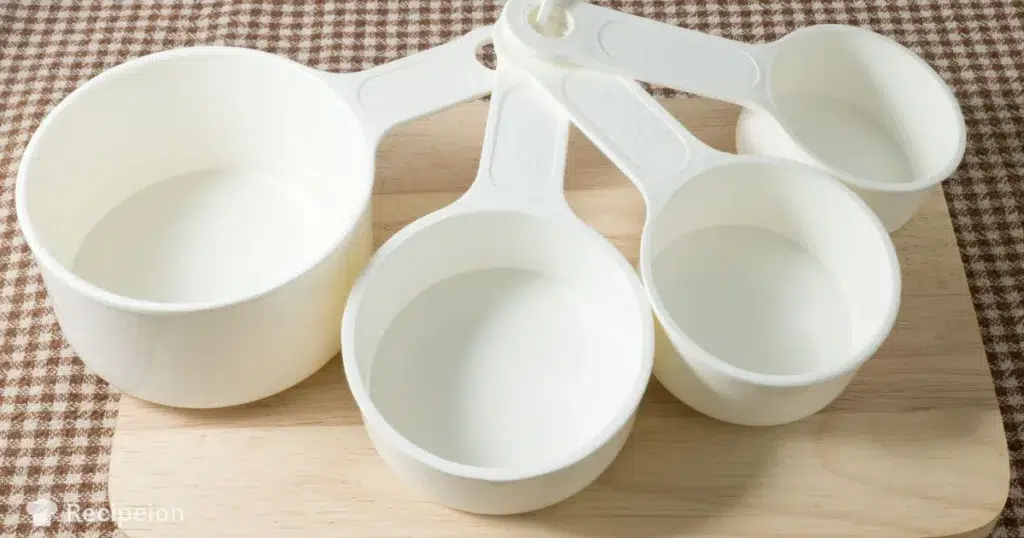
TIPS FOR CUTTING DOWN RECIPES
Now that you know how to cut down specific measurements, here are some additional tips to help you successfully reduce any recipe:
- Use a kitchen scale: Measuring ingredients by weight is often more accurate than measuring by volume, especially for dry ingredients like flour and sugar.
- Round up or down: When measuring out odd fractions, it’s often easier to round up or down to the nearest whole number. For example, if a recipe calls for 3/4 cup of an ingredient and you want to use half as much, you could round down to 1/3 cup or round up to 1/2 cup.
- Use a conversion chart: If you’re not comfortable with fractions, a conversion chart can be a handy tool for quickly converting between different measurements.
- Adjust seasonings: When reducing a recipe, it’s important to keep in mind that the flavor of the dish may change slightly. To compensate, you may need to adjust the seasonings or spices to suit your taste.
- Experiment: Cutting down a recipe can be a great opportunity to experiment with different flavors and ingredients. Don’t be afraid to try new things and make the recipe your own!
TIPS FOR SCALING RECIPE INGREDIENTS
Scaling ingredients can be tricky, but with a few tips and tricks, you can make the process easier. Here are some tips for scaling recipe ingredients:
- How to halve eggs: whisk the egg together and use half of the mixture.
- Tips for halving butter and other fats: use a knife to cut the butter or fat in half or use a kitchen scale to measure accurately.
- Halving liquids and dry ingredients: use measuring cups or a kitchen scale to measure the ingredient and then divide it in half.
- How to halve spices and herbs: use a measuring spoon to measure and then divide in half.
ADJUSTING BAKING TEMPERATURE AND COOKING TIME
When you halve a recipe, you may need to adjust the cooking times and temperatures to ensure the food cooks properly. Here are some tips for adjusting baking temperatures and cooking times:
- How to adjust baking temperatures: reduce the temperature by 25 degrees Fahrenheit and keep a close eye on the food to avoid overcooking.
- Tips for adjusting cooking times: Reduce the cooking time by about 30% to 50% depending on the recipe and the size of the portion. Keep an eye on the food and check for doneness frequently.
COMMON MISTAKE TO AVOID WHEN SCALING RECIPES
Scaling recipes can be a bit tricky, and there are some common mistakes you’ll want to avoid. Here are a few things to keep in mind:
- Don’t assume that halving all ingredients will work. Some ingredients, such as eggs, can be tricky to halve accurately.
- Don’t forget to adjust the cooking time and temperature. Smaller portions may cook faster or slower than the original recipe.
- Don’t forget to double-check your measurements. A small mistake can throw off the entire recipe.
TOOLS YOU CAN USE TO SCALE RECIPES
Here are some tools you can use to scale recipes:
- Kitchen scale: A kitchen scale is a precise tool for measuring ingredients by weight, which is particularly important when scaling recipes. It can be used to weigh out ingredients in grams or ounces and can ensure accuracy when multiplying or dividing ingredients.
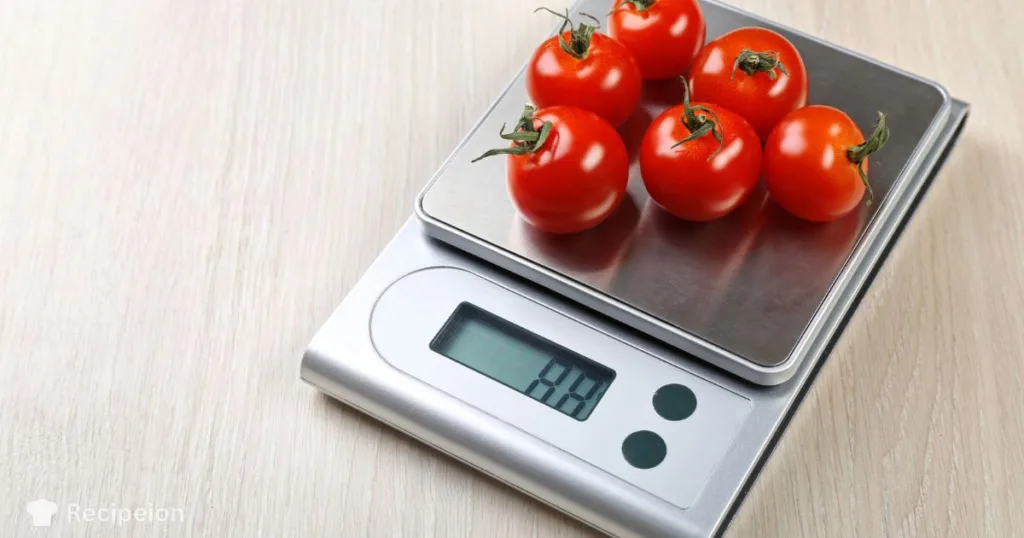
- Conversion calculator: A conversion calculator is an online tool that can help you convert measurements from one unit to another. For example, if a recipe calls for 1 cup of flour and you need to scale it up or down, you can use a conversion calculator to determine the amount of flour needed in grams or ounces.
- Measuring cups and spoons: Measuring cups and spoons are an essential tool for scaling recipes. They allow you to measure out ingredients in precise amounts, making it easier to scale up or down a recipe.
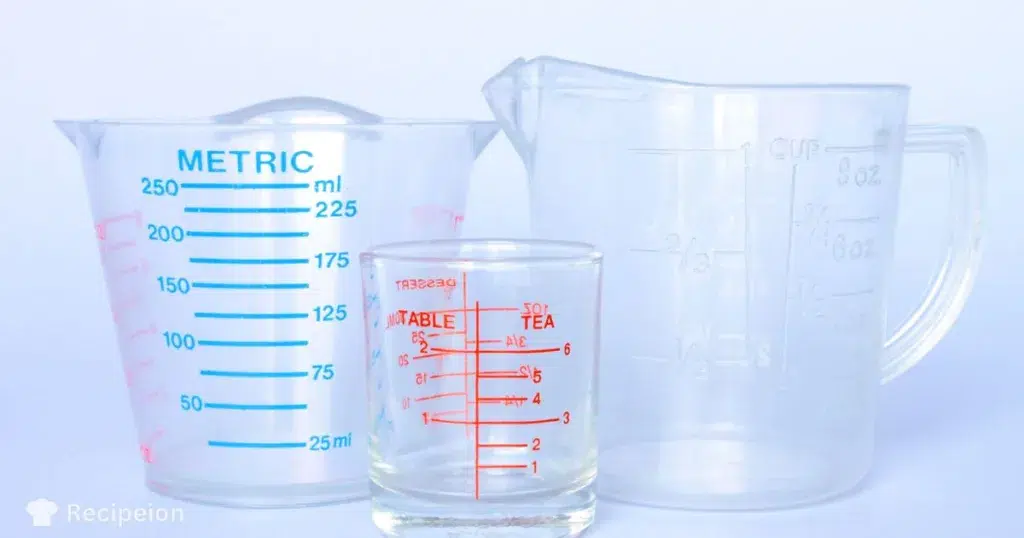
- Recipe scaling app: There are several recipe scaling apps available that can help you easily adjust recipe measurements for different serving sizes. These apps can also save your modified recipes for future use.
- Excel spreadsheet: Using an Excel spreadsheet can be an efficient way to scale recipes. You can input the original recipe measurements and then use formulas to adjust the measurements based on the desired serving size.
- Math calculations: If you prefer to do math calculations manually, you can use simple multiplication or division to scale recipes up or down. For example, if a recipe serves 4 and you want to serve 8, you can double all the ingredients.
Also read: Hibachi Fried Rice Recipe
FAQ ABOUT SCALING RECIPES
- Can I halve a recipe that calls for just one egg? Yes, you can. Whisk the egg together and use half of the mixture.
- How do I halve a recipe that calls for a fraction of an egg? This can be a bit tricky. You can try using a kitchen scale to weigh the egg and then divide it in half. Alternatively, you can try using a slightly smaller egg.
- Can I double or triple a recipe using the same principles? Yes, you can. Simply multiply all the ingredients by two or three to double or triple the recipe. Keep in mind that you may need to adjust the cooking time and temperature accordingly.
- Are there any ingredients that can’t be halved? Some ingredients, such as yeast, can be tricky to halve accurately. In these cases, it’s best to make the full recipe and freeze any leftovers.
With these tips and tricks, you’ll be a recipe scaling pro in no time. Happy cooking!
CONCLUSION
Scaling recipes is a useful skill that every home cook and baker should have in their arsenal. By understanding recipe ratios, using the right tools, and following our tips, you can confidently halve measurements, adjust cooking times and temperatures, and whip up delicious dishes in smaller portions.
